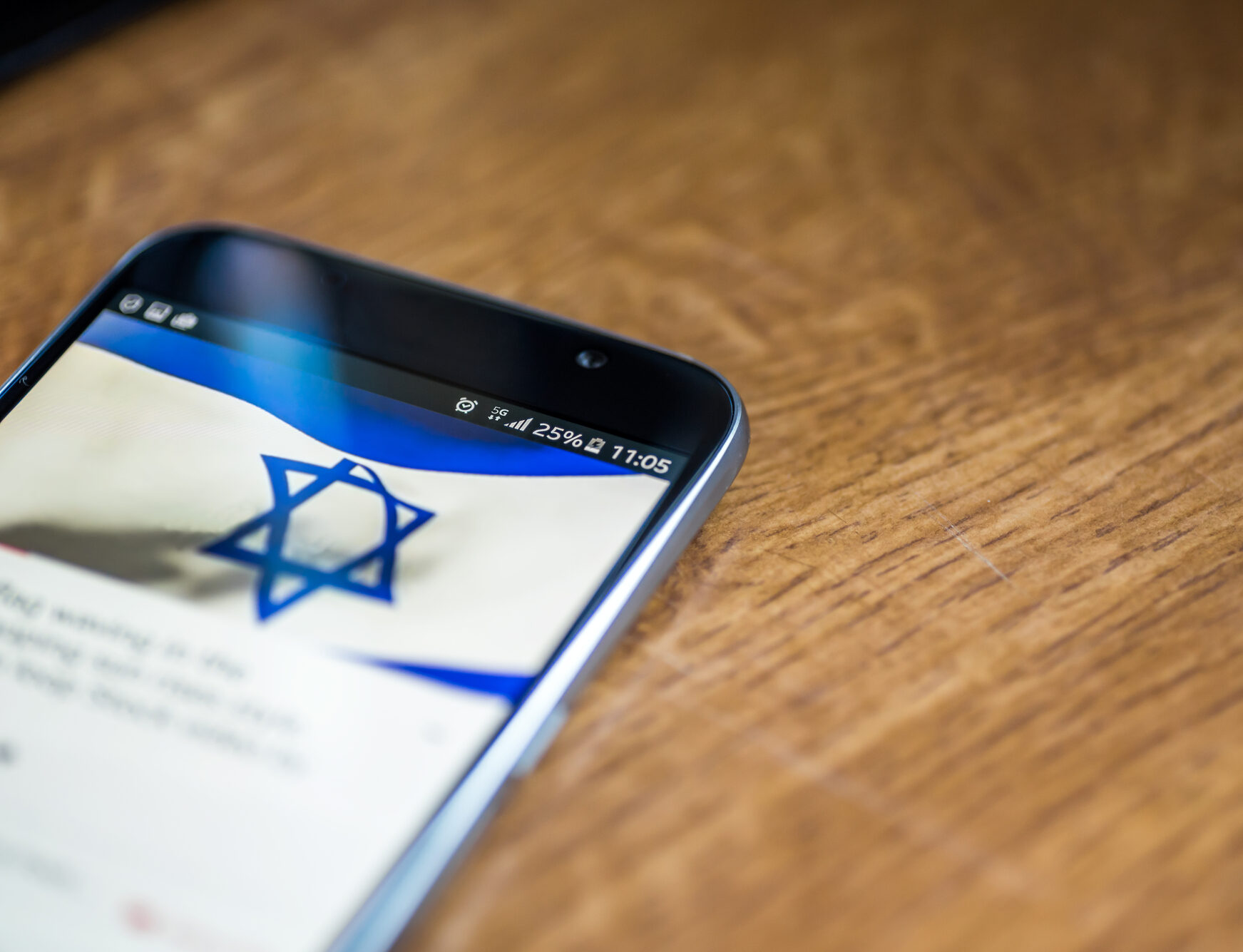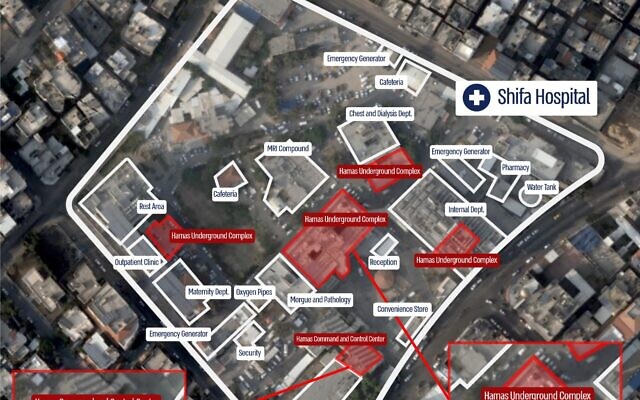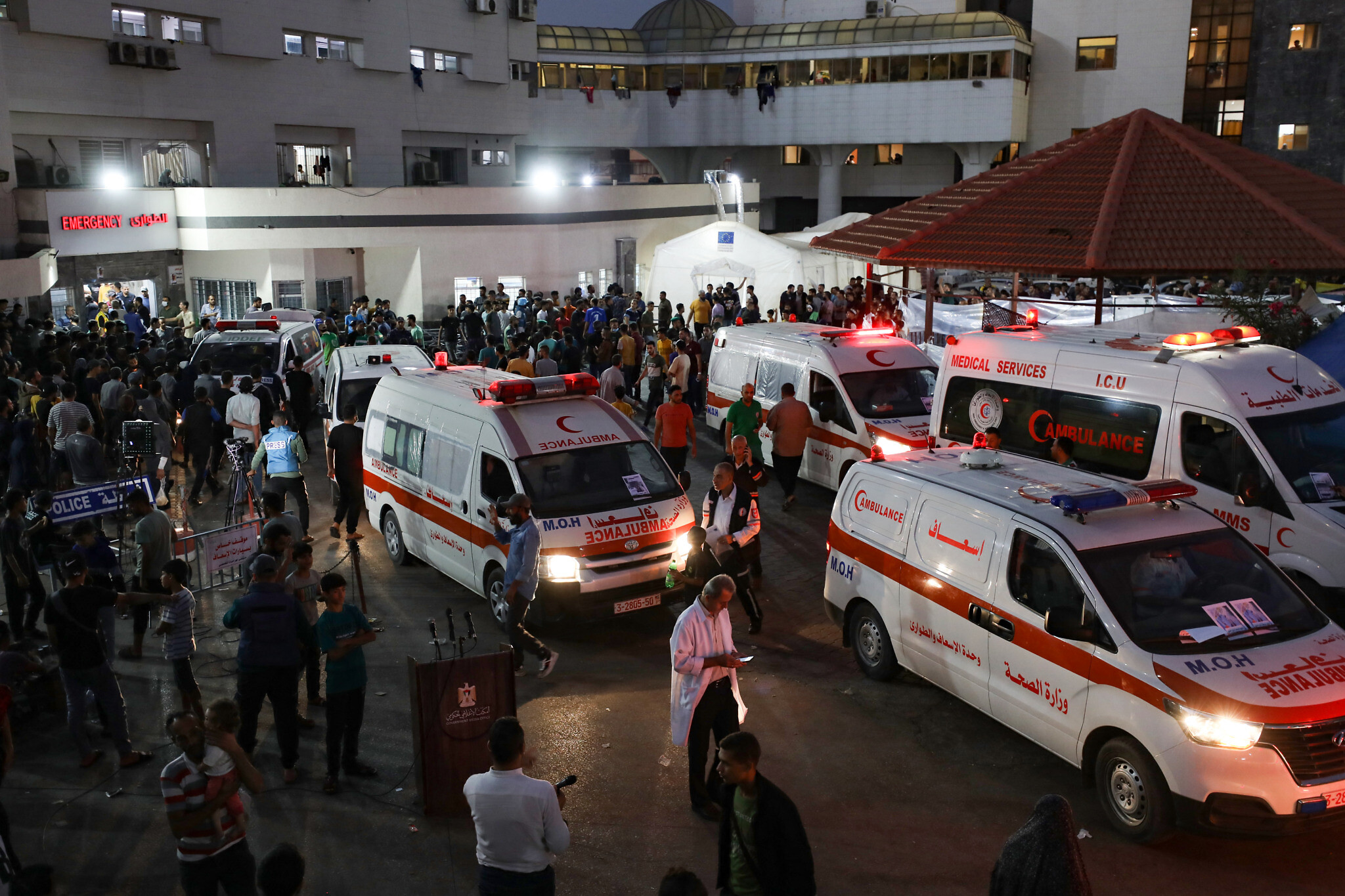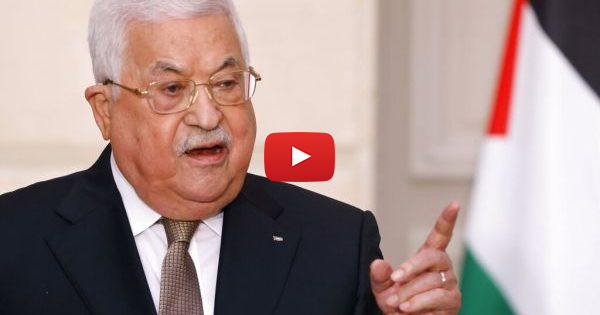Sixties Fan
Diamond Member
- Mar 6, 2017
- 58,334
- 11,054
- 2,140
- Thread starter
- #901
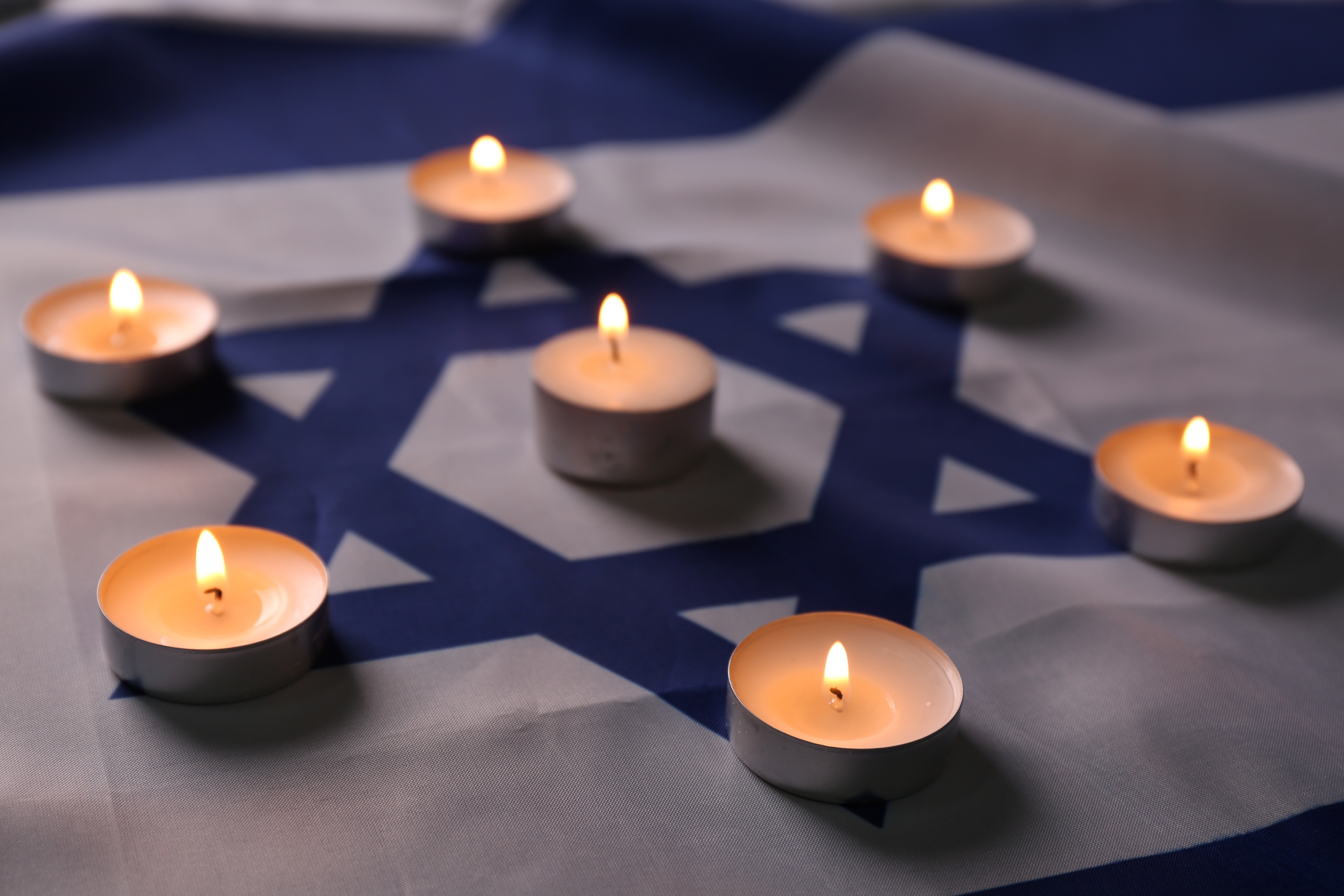
AI Platform Preserves Stories Of Hamas Massacre Survivors
The Iron Lions website is using artificial intelligence to document the traumatic and heartbreaking testimonies of the October 7 survivors
